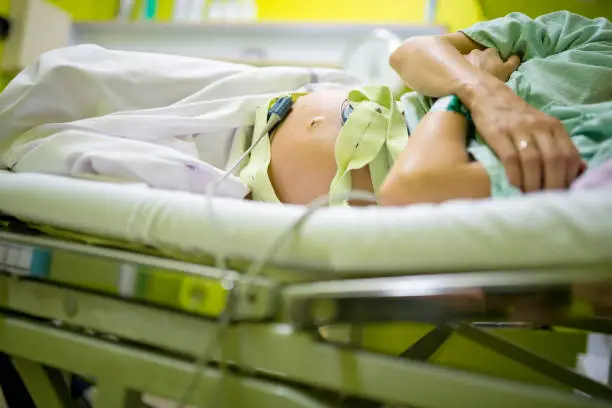Elective C-section: What is it? Is it safe? Doctor explains
Is elective C-section safe? Doctor noted down the things to be careful about while choosing elective C-section for childbirth.
Elective C-section refers to the process of childbirth through surgery before the start of labour. In an interview with HT Lifestyle, Dr. Shweta Mendiratta, associate director - gynaecology and obstetrics, Marengo Asia Hospital, Faridabad said, “An elective C-section is planned by request of the mother or due to medical indication, not as an emergency measure. It is usually performed at or after 39 weeks of pregnancy to prevent risks of premature birth.” Also read | 7 myths you probably still believe about normal deliveries

Why do women go for elective C-section?
Dr. Shweta Mendiratta explained, “Women may want an elective C-section for many reasons, including a past delivery with problems, aversion to labor pains, or personal choice. Sometimes conditions such as placenta previa or problems with fetal positions necessitate a planned C-section.”
Is elective C-section safe?
“Generally, an elective C-section is considered safe if performed in a sufficiently equipped medical facility by well-trained health professionals. However, this course of delivery should only be contemplated once medical need and individual circumstances have been assessed. Prior consultation with a doctor about pros and cons is essential before the final decision,” Dr. Shweta Mendiratta highlighted. Also read | Maternal mortality: Pregnancy is 'shockingly dangerous'

What should we watch out for while choosing elective C-section?
The doctor further pointed out the things we should be careful about while opting for elective C-section:
Post-operative recovery: Surgery for a C-section makes it major abdominal surgery; therefore, the recovery period is prolonged with pronounced pains and potential risk for movement problems, as opposed to vaginal delivery.
Risks of surgery: Risks include chances of infection, heavy bleeding, clot formation, or anesthesia complications.
Future children: With several C-sections, the risk of uterine rupture, placenta accreta, and adhesions will increase. Also read | Cesarean Awareness Month: Busting myths and misconceptions about C-section
Neonatal lung issues: Babies born having a C-section is at a higher risk of experiencing a temporary breathing problem, known as transient tachypnea.
Hospital stays: A longer hospital stay occurs compared with vaginal births, which will enable proper observation and a reasonable time of recovery.
Note to readers: This article is for informational purposes only and not a substitute for professional medical advice. Always seek the advice of your doctor with any questions about a medical condition.
Catch your daily dose of Fashion, Taylor Swift, Health, Festivals, Travel, Relationship, Recipe and all the other Latest Lifestyle News on Hindustan Times Website and APPs.
Catch your daily dose of Fashion, Taylor Swift, Health, Festivals, Travel, Relationship, Recipe and all the other Latest Lifestyle News on Hindustan Times Website and APPs.






